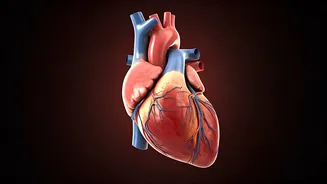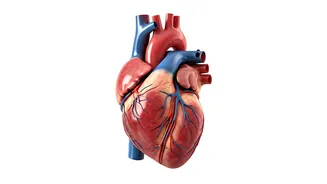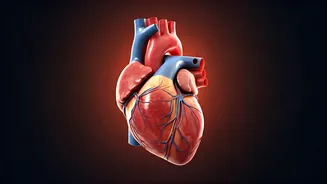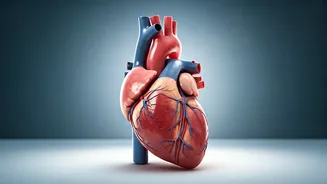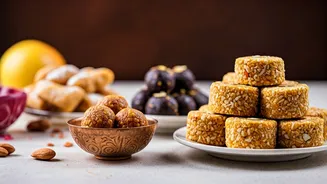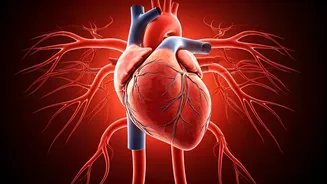Clothing and Footwear
The clothes you wear play a surprisingly significant role in your circulation. Tight clothing, especially around the waist, legs, or ankles, can constrict
blood vessels, thus impeding healthy blood flow. Similarly, ill-fitting shoes can pinch the feet, further reducing circulation in the lower extremities. Opting for loose-fitting garments and appropriately sized footwear is crucial. These choices allow blood to move freely, preventing potential problems such as swelling, numbness, or even more serious complications like deep vein thrombosis.
Dietary Considerations
What you eat has a profound impact on your circulatory system. A nutritious diet supports healthy arteries and improves blood flow. Consider adopting a Mediterranean-style diet, which is rich in fruits, vegetables, whole grains, legumes, and oily fish. This eating pattern helps reduce plaque buildup in the arteries, thus facilitating easier blood flow. It’s also vital to limit the intake of saturated fats and highly processed foods, which can negatively affect cardiovascular health. For those carrying extra weight, a combination of a heart-healthy diet and regular exercise is even more effective in easing strain on the heart and improving overall circulation.
Embrace Physical Activity
Regular physical activity is a powerhouse when it comes to boosting circulation. Exercise strengthens your heart, enabling it to pump blood more efficiently throughout your body. Activities like walking, swimming, gardening, or practicing yoga can all be great choices to get your blood flowing. The NHS recommends at least 150 minutes of moderate-intensity exercise per week for optimal health. Even simple movements like stretching, ankle rotations, or wiggling your toes after prolonged sitting can help stimulate blood flow, particularly if you have a desk job where you spend extended periods of time sitting down.
Hydration is Key
Staying well-hydrated is essential for optimal blood circulation. Blood is approximately 50% water, and adequate hydration keeps blood volume at a healthy level. Dehydration can reduce blood volume, making circulation less efficient and can lead to thicker blood. Aim to drink six to eight glasses of water or other fluids each day. Maintaining good hydration helps blood move more easily through your veins and arteries. People with heart conditions should consult their doctor before significantly increasing their fluid intake, as this can affect their health.
Compression Stockings
If you're looking for an additional aid to boost circulation, compression stockings can be a useful tool. These specialized garments apply gentle pressure to the legs, which helps blood move back towards the heart, reducing swelling and discomfort. They are particularly beneficial for individuals who stand for long periods or those experiencing venous insufficiency. It’s important to ensure a proper fit by consulting a healthcare professional, as improperly sized compression stockings can irritate the skin or even hinder circulation. If they are not fitted correctly, they will provide no benefit.
Avoid Heat Hazards
Be mindful of how you apply heat to areas with potential circulation issues. Direct heat from hot water bottles or portable heaters on numb extremities can be risky because you may not feel excessive heat, leading to burns. The safest approach is to wear warm socks and gloves, or to gradually warm up in a bath or shower. Such measures ensure that the skin is warmed gently and safely, preventing any damage that could result from improper heating.
